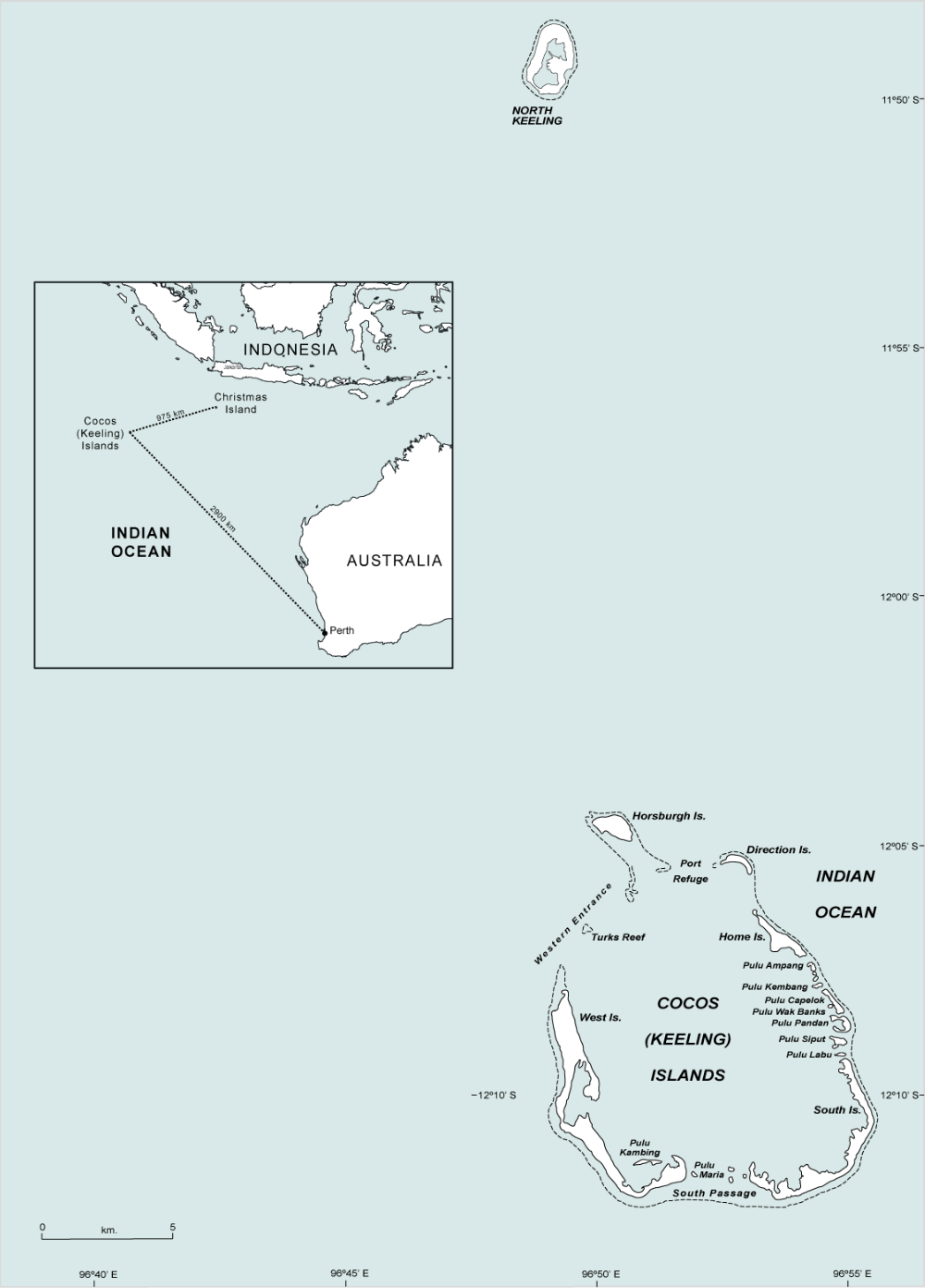About us
Pulu Keeling National Park is located in the Cocos (Keeling) Islands, an Australian territory in the Indian Ocean about halfway between Australia and Sri Lanka.
Covering 2600 hectares of land and sea, the park encompasses the whole of North Keeling Island as well as the surrounding waters.
Parks Australia leases the area from the Cocos-Malay community and manages it as a Commonwealth Reserve under the Environment Protection and Biodiversity Conservation Act 1999 (EPBC Act).
Despite being one of our smallest national parks, Pulu Keeling is a place of international conservation significance. The island is zoned as a strict nature reserve under International Union for Conservation of Nature (IUCN) definitions, which means a permit is required for most activities.
An internationally recognised seabird rookery, Pulu Keeling supports one of the world’s largest populations of red-footed boobies as well as other rare and endangered species.
It is home to at least 26 species of crabs and provides a nesting habitat for vulnerable green turtles. Other sea turtles are regularly seen in the park’s waters, along with two species of dolphin and healthy populations of coral, fish and sharks.
Pulu Keeling’s forests and other native flora are examples of the original vegetation of the region and include a number of species no longer found elsewhere in the Cocos (Keeling) Islands.
The Cocos community are involved closely in the management of the park through the Pulu Keeling National Park Community Management Committee. The committee consists of ten members who represent the local Cocos community, the Cocos Shire Council and the Director of National Parks.
‘Pulu’ means ‘island’ in the Cocos-Malay dialect.
Location
Pulu Keeling National Park is on North Keeling Island, about 2,900 kilometres north-west of Perth.

